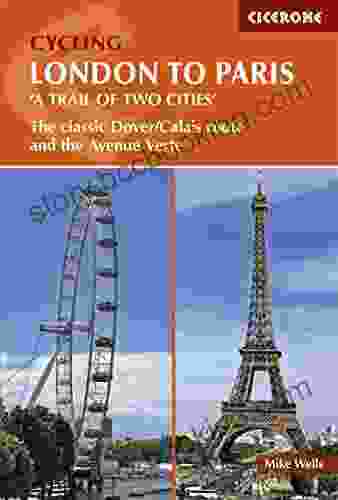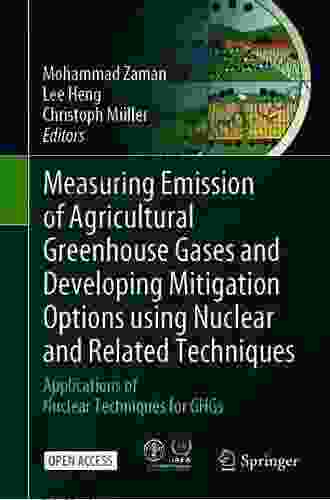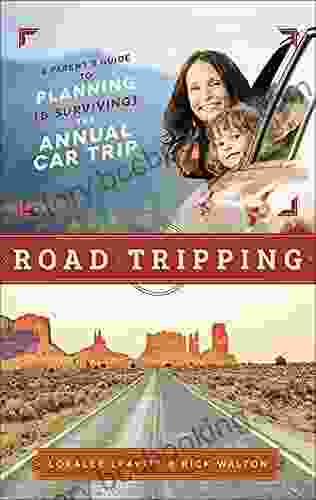Applications Of Nuclear Techniques For Ghgs

4.8 out of 5
| Language | : | English |
| File size | : | 49461 KB |
| Text-to-Speech | : | Enabled |
| Screen Reader | : | Supported |
| Enhanced typesetting | : | Enabled |
| Word Wise | : | Enabled |
| Print length | : | 548 pages |
Climate change, fueled by rising greenhouse gas (GHG) emissions, poses one of the most pressing challenges of our time. Nuclear techniques offer a suite of powerful tools that can help us understand, monitor, and mitigate GHG emissions, playing a crucial role in the fight against climate change.
Isotope Analysis: Unraveling the Sources of GHGs
Isotopes are different forms of the same element with varying numbers of neutrons. By analyzing the isotopic composition of GHGs, scientists can determine their sources and track their movement through the environment. This information is essential for developing targeted strategies to reduce emissions.
For example, in the case of methane (CH4),isotope analysis can differentiate between emissions from natural sources (e.g., wetlands) and anthropogenic sources (e.g., landfills, agriculture). This knowledge guides policymakers in prioritizing mitigation efforts.
Radiocarbon Dating: Tracing the Age of GHGs
Radiocarbon dating, a technique used to determine the age of organic matter, can also be applied to GHGs. By measuring the amount of radioactive carbon-14 (14C) in GHG samples, scientists can estimate their age and identify older, more persistent GHGs that contribute to long-term climate change.
This technique helps researchers understand the contribution of past emissions to current GHG concentrations and informs strategies for reducing future emissions.
Stable Isotopes: Tracking Emissions and Sequestration
Stable isotopes, such as 13C and 15N, can provide insights into GHG cycling and sequestration processes. By analyzing the stable isotopic ratios in GHGs, scientists can trace their transport pathways, identify sinks and sources, and quantify the effectiveness of carbon capture and storage technologies.
For instance, in carbon dioxide (CO2) monitoring, stable isotopes can help distinguish between CO2 released from fossil fuel combustion and CO2 absorbed by vegetation through photosynthesis.
Tracer Studies: Measuring GHG Fluxes
Nuclear tracer techniques involve the release of isotopically labeled GHGs into the environment to measure their fluxes and transport rates. This method provides accurate estimates of GHG emissions and removals, guiding strategies for mitigating climate change.
For example, the release of 13CO2 into forests allows researchers to quantify the rate of carbon uptake by trees and assess the impact of different forest management practices on carbon sequestration.
Monitoring and Verification: Ensuring Emission Reductions
Nuclear techniques play a crucial role in monitoring and verifying GHG emission reductions under international agreements and emission trading schemes. They provide reliable and accurate data on emissions, ensuring compliance and the effectiveness of mitigation measures.
For example, the International Atomic Energy Agency (IAEA) uses isotope-based techniques to verify the reported emissions of countries under the Kyoto Protocol.
Nuclear techniques are indispensable tools in the fight against climate change, offering a comprehensive suite of applications for GHG management. From identifying sources to monitoring emissions and verifying reductions, these techniques provide critical information that empowers policymakers, scientists, and industries to make informed decisions and take effective action to mitigate GHGs and mitigate climate change.
This book, "Applications Of Nuclear Techniques For Greenhouse Gases (GHGs)," delves deeper into the scientific principles and practical applications of nuclear techniques in GHG management, equipping professionals, researchers, and policymakers with the knowledge and tools they need to contribute to a sustainable future.
Join us in embracing the power of nuclear techniques to unlock solutions for climate change and build a greener, healthier, and more sustainable planet for future generations.
4.8 out of 5
| Language | : | English |
| File size | : | 49461 KB |
| Text-to-Speech | : | Enabled |
| Screen Reader | : | Supported |
| Enhanced typesetting | : | Enabled |
| Word Wise | : | Enabled |
| Print length | : | 548 pages |
Do you want to contribute by writing guest posts on this blog?
Please contact us and send us a resume of previous articles that you have written.
 Book
Book Novel
Novel Page
Page Chapter
Chapter Text
Text Story
Story Genre
Genre Reader
Reader Library
Library Paperback
Paperback E-book
E-book Magazine
Magazine Newspaper
Newspaper Paragraph
Paragraph Sentence
Sentence Bookmark
Bookmark Shelf
Shelf Glossary
Glossary Bibliography
Bibliography Foreword
Foreword Preface
Preface Synopsis
Synopsis Annotation
Annotation Footnote
Footnote Manuscript
Manuscript Scroll
Scroll Codex
Codex Tome
Tome Bestseller
Bestseller Classics
Classics Library card
Library card Narrative
Narrative Biography
Biography Autobiography
Autobiography Memoir
Memoir Reference
Reference Encyclopedia
Encyclopedia Rodney Habib
Rodney Habib Lisa Williams Kline
Lisa Williams Kline Luis E Navia
Luis E Navia Malcolm X
Malcolm X Quick Reads
Quick Reads Terry Funk
Terry Funk Manga University
Manga University Maia Motley
Maia Motley Paul Paolicelli
Paul Paolicelli Lynn Rush
Lynn Rush Sam Brower
Sam Brower Michael Fontaine
Michael Fontaine Ukay J Ekong
Ukay J Ekong Thomas Sowell
Thomas Sowell Livingston Hopkins
Livingston Hopkins Rik Degunther
Rik Degunther Margaret Cheney
Margaret Cheney Luis Carlos Montalvan
Luis Carlos Montalvan M V Dougherty
M V Dougherty Neville Goddard
Neville Goddard
Light bulbAdvertise smarter! Our strategic ad space ensures maximum exposure. Reserve your spot today!

 John SteinbeckThe Men and Moments That Made the Philadelphia Flyers: A Hockey Odyssey You...
John SteinbeckThe Men and Moments That Made the Philadelphia Flyers: A Hockey Odyssey You...
 Milton BellUnleash Your Inner Michelangelo: A Comprehensive Guide to Figure Drawing Pose...
Milton BellUnleash Your Inner Michelangelo: A Comprehensive Guide to Figure Drawing Pose... Rod WardFollow ·18.9k
Rod WardFollow ·18.9k Neal WardFollow ·8.7k
Neal WardFollow ·8.7k Desmond FosterFollow ·18.9k
Desmond FosterFollow ·18.9k Carson BlairFollow ·2.8k
Carson BlairFollow ·2.8k Eddie BellFollow ·2.9k
Eddie BellFollow ·2.9k George BellFollow ·3k
George BellFollow ·3k Shawn ReedFollow ·3.5k
Shawn ReedFollow ·3.5k Richard WrightFollow ·8.8k
Richard WrightFollow ·8.8k

 Truman Capote
Truman CapoteShort, Skinny Mark Tatulli: The Ultimate Guide to a...
Are you tired of being...

 Robert Heinlein
Robert HeinleinEmbark on an Unforgettable Cycling Adventure: The Classic...
Explore the Timeless...

 Bryce Foster
Bryce FosterMisty Twilight: Marguerite Henry's Enduring Masterpiece
A Literary Legacy that...

 Anton Chekhov
Anton ChekhovUnleash the Explosive Power of DC Comics Bombshells 2024...
Prepare yourself for an...

 Juan Butler
Juan ButlerUnleash the Thrill: Discover 'Know Your Rider' by...
Prepare yourself for an...
4.8 out of 5
| Language | : | English |
| File size | : | 49461 KB |
| Text-to-Speech | : | Enabled |
| Screen Reader | : | Supported |
| Enhanced typesetting | : | Enabled |
| Word Wise | : | Enabled |
| Print length | : | 548 pages |










